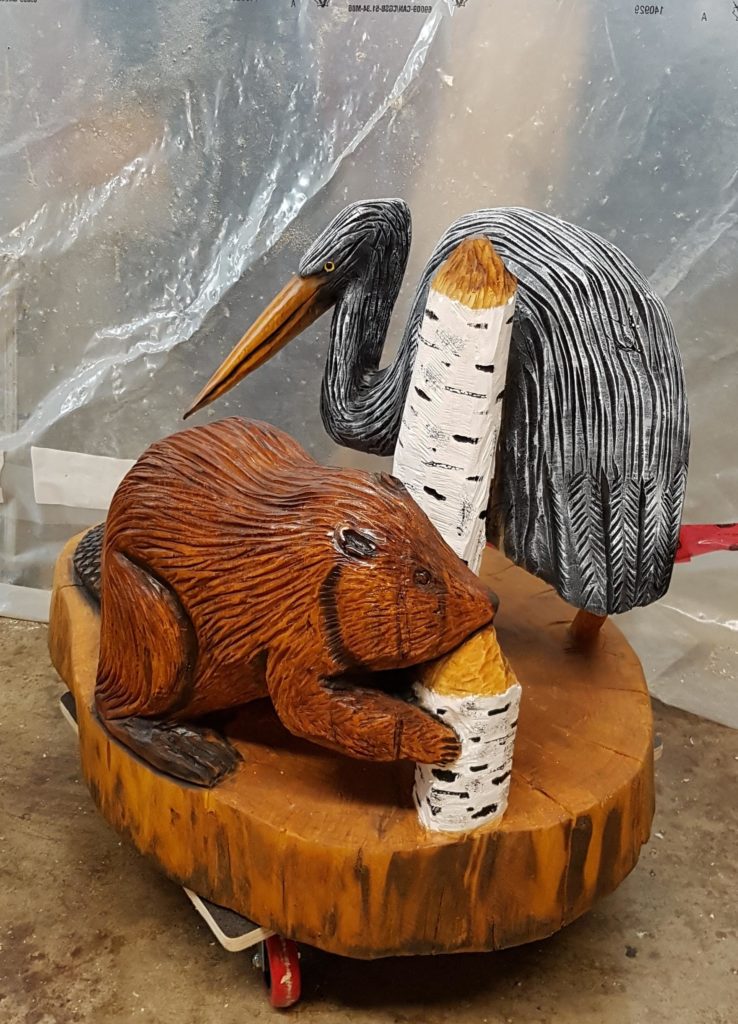
- Tools and Safety: Chainsaw carving requires a chainsaw, protective gear, and other tools such as chisels and sanders. Safety is of utmost importance, and carvers must be trained in safe chainsaw use, wear protective gear such as eye and ear protection, and follow safety guidelines.
- Wood Selection: The type of wood used for chainsaw carving is crucial. Softwoods such as pine and cedar are popular choices as they are easier to carve and have an attractive grain pattern. Hardwoods such as oak and maple are more challenging to carve but have a more intricate grain pattern.
- Design and Planning: Before starting a chainsaw carving project, carvers must have a design in mind and plan out the project. This involves determining the size and shape of the sculpture, as well as the tools and techniques that will be used.
- Carving Techniques: Chainsaw carving involves using different techniques to achieve different effects. Some common techniques include slicing, digging, gouging, and shaping. Carvers must have a good understanding of the different techniques and how to apply them.
- Finishing and Detailing: Once the carving is complete, carvers must finish and detail the sculpture. This involves using sanders, chisels, and other tools to smooth out the surface and add texture and details.
Overall, chainsaw carving is a unique and impressive form of art that requires skill, expertise, and attention to detail. It can be challenging, but the results can be stunning and awe-inspiring.
